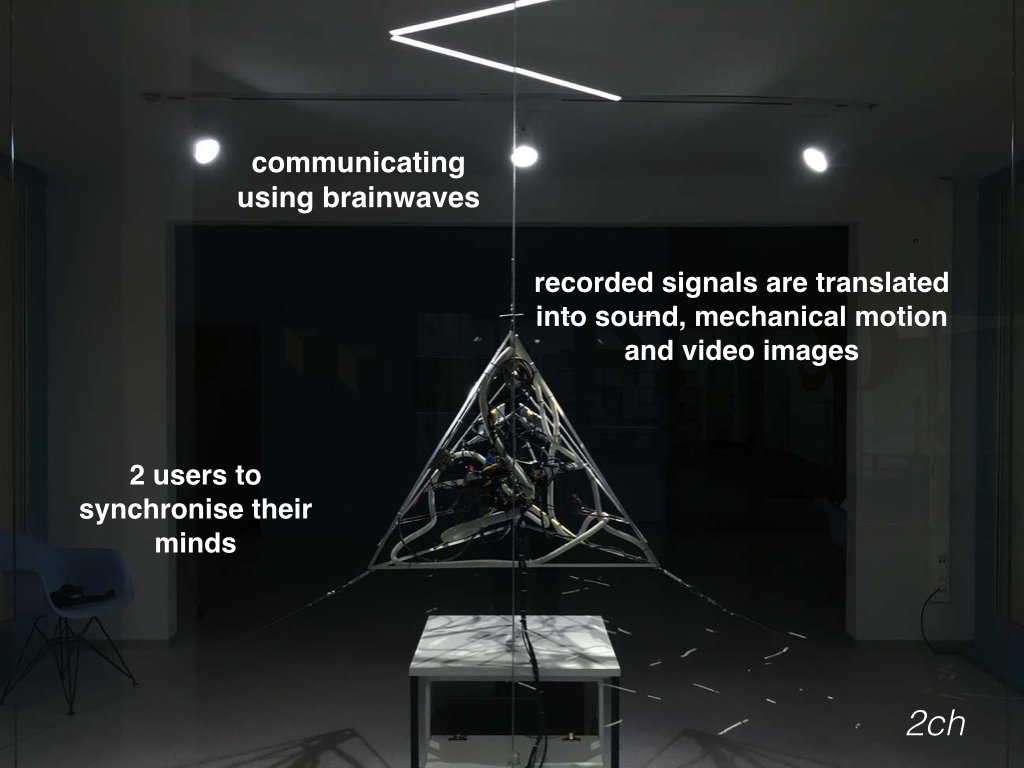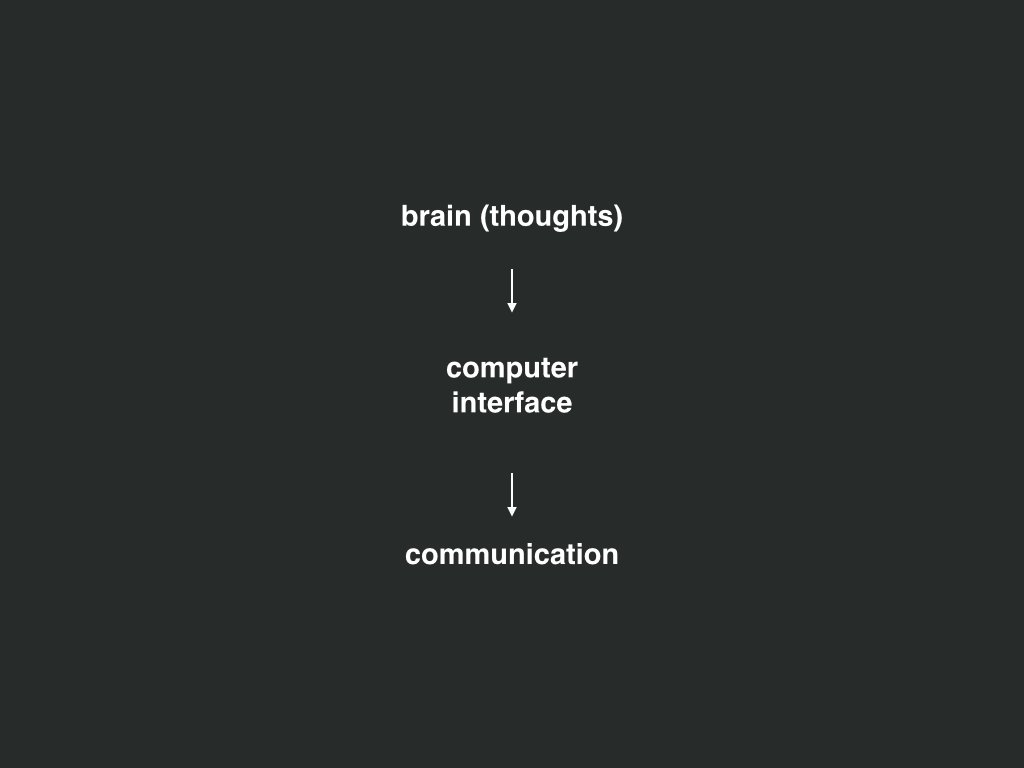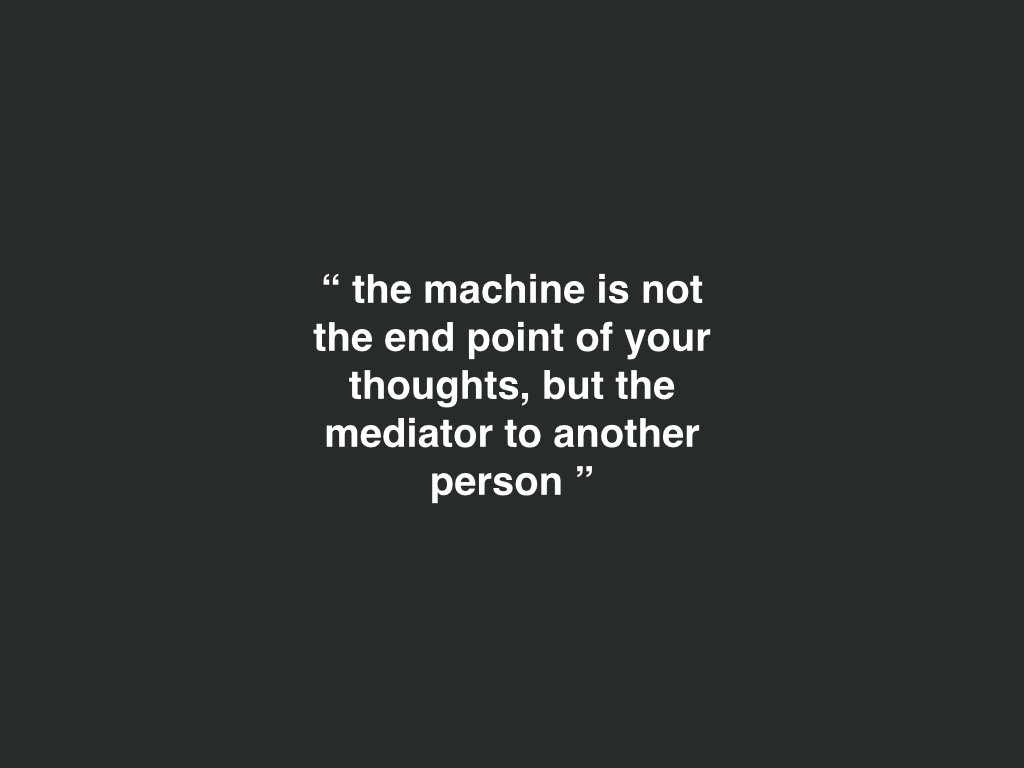Category: Research
Minimalism Show Reflection
MEGA DEATH – TATSUO MIYAJIMA
The perception of human lives in the form of data.
Mega Death is a work that talks about the lifes that were lost to war and conflict in the 20th century.
Miyajima attempt to portray this circle of life through the counting down of digits symbolising death is so fast, that it’s gone before I am able grasp and ponder upon that 1 life amongst the data of millions.
Time waits for no one, death represents not the end, but simply just part of the cycle of life. In a sense, we can say that death is the birth of a new life.
ROOM FOR ONE COLOUR – OLAFUR ELIASSON
The perception of the world around us.
By reducing the colour we see, we are removing “distractions” from our world of sight. This forces us to focus on the details of the things we see. For me, I was carefully observing the features of the people around me and fascinated at the forms of the veins on my palms.
“How does colour help to shape how we view the world?” This was 1 question I had in mind in the installation.
There is this theory of colour perception that we don’t actually see the same colours. A colour I label as blue might not be the same colour in another person’s eyes. These labels were just taught and programmed by us humans to tie what we are seeing to a common name we could use to communicate.
2ch – vtol // brain to brain communication
Dmitry Morozov is a Russian multidisciplinary artist based in Moscow. His work is based around media arts including sound and robotics.







